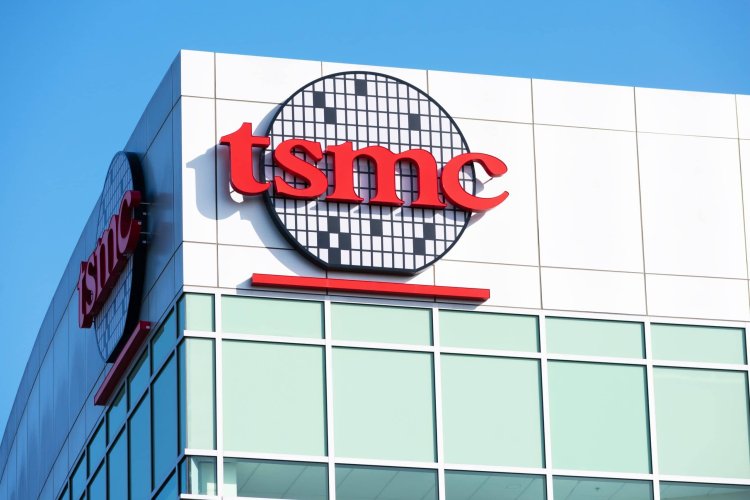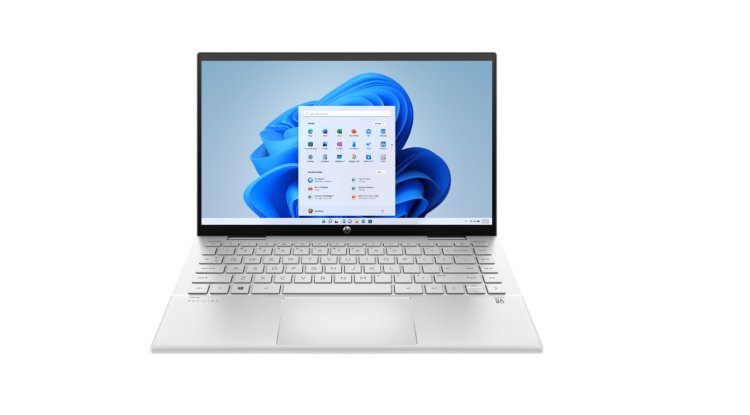Apple - First to jump to 2nm from TSMC

Apple is one of TSMC's most important partners; the Cupertino corporation accounts for around 26 percent of the Taiwanese company's overall revenue. In comparison, AMD, TSMC's second-largest customer, accounts for only 10% of the company's overall sales.
With this in mind, it's easy to see why TSMC is more than happy to "coddle" Apple in terms of access to the most sophisticated nodes as well as supply. It should come as no surprise, then, that Apple has all the votes to be one of the first businesses to employ TSMC's 2nm node.
According to DigiTimes, one of the most influential sources within the Taiwan distribution chain, TSMC is working hard to begin producing 2nm chips in 2025. If it enters mass production shortly, the iPhones of that year could be the first to use such a node. Continuing in the same order as before, and assuming Apple does not change the nomenclature, we will be discussing the iPhone 17.
Of course, this assumes that the jump to the 2nm node is confirmed. As our more sophisticated readers will recall, each transition to a new manufacturing method reduces the size of the transistors, and thus the size of the logic gates. This allows us to improve power efficiency and performance while also packing more transistors into a given size silicon chip.
Downsizing the production process, on the other hand, poses substantial obstacles. Reducing the size of transistors and logic gates increases the danger of major difficulties, such as electrical leaks, which render the transistors unable to manage their states and, even if they strive to block the passage of current, it eventually leaks.
In this sense, the 2nm node will present a substantial problem because, in principle, the limit of silicon was between 1 and 1.5nm, at least with silicon-based designs.
It will be intriguing to watch what Apple can achieve with TSMC's 2nm node, not just in smartphone processors, but also when the company decides to adopt that technology in M-series SoCs aimed at Mac's.
If Apple achieves the 2nm node by 2025, the first M-series circuits made on that node might be available as early as next year. However, we must remind you that we must first pass via the 3 nm node.





























